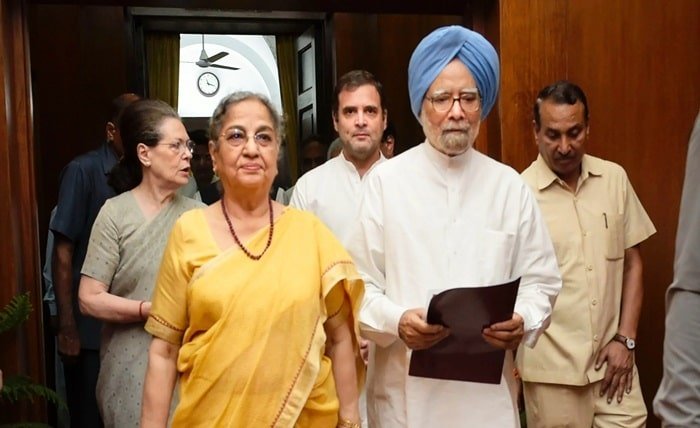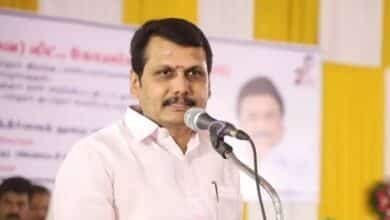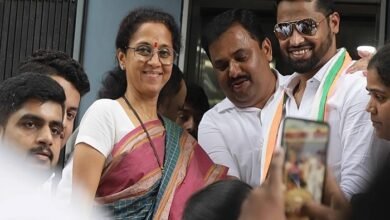Manmohan Singh: The Architect of Modern India’s Economic Transformation

Manmohan Singh is often regarded as one of the most influential figures in modern Indian history. Known for his intellect, integrity, and political acumen, Manmohan Singh has left an indelible mark on India’s economic and political landscape. As the architect of India’s economic liberalization in the early 1990s, Manmohan Singh’s policies have paved the way for the nation’s transformation into one of the fastest-growing economies in the world. This blog will explore the life, achievements, and legacy of Manmohan Singh, focusing on his leadership and the role he played in shaping contemporary India.
Early Life and Education of Manmohan Singh
Manmohan Singh was born on September 26, 1932, in Gah, a small village in what is now Pakistan. Manmohan Singh’s early life was shaped by the political turmoil and partition of India. Despite these challenges, Manmohan Singh excelled academically. He earned his undergraduate degree from Punjab University and later pursued higher education at the University of Cambridge, where he received a degree in Economics. Manmohan Singh’s thirst for knowledge led him to further his studies at the University of Oxford, where he completed a D.Phil. in Economics. His educational background set the foundation for his illustrious career.
Manmohan Singh’s Early Career
Before entering politics, Manmohan Singh had a distinguished career as an economist. Manmohan Singh served in various capacities within the Indian government, including roles at the Ministry of Finance and the Reserve Bank of India. His expertise in economics earned him a reputation as a brilliant mind, and his work in these early years helped shape India’s financial policies. Manmohan Singh’s international experience, particularly his tenure at institutions like the International Monetary Fund (IMF) and the United Nations, also contributed to his understanding of global economics.
Manmohan Singh’s Role in Economic Liberalization
The most significant chapter in Manmohan Singh’s career began in 1991 when India faced a severe economic crisis. As the Finance Minister under Prime Minister P.V. Narasimha Rao, Manmohan Singh was tasked with rescuing the Indian economy from the brink of collapse. Manmohan Singh introduced a series of bold economic reforms that opened up India’s markets to global competition, reduced trade barriers, and encouraged foreign investment. These reforms, known as the 1991 Economic Liberalization, were transformative, and Manmohan Singh is widely credited with being the architect of modern India’s economic success.
The Impact of Manmohan Singh’s Economic Reforms
Manmohan Singh’s economic reforms had a profound impact on India’s growth trajectory. By liberalizing the economy, Manmohan Singh set the stage for rapid industrialization, technological advancement, and an influx of foreign direct investment. The opening up of the Indian economy allowed companies like Infosys, TCS, and Reliance to emerge as global players. Manmohan Singh’s vision transformed India from a closed, socialist economy into a dynamic and competitive market, contributing to the country’s long-term prosperity.
Manmohan Singh’s Entry into Politics
Although Manmohan Singh had an illustrious career as an economist, his entry into politics came relatively late. Manmohan Singh joined the Indian National Congress and quickly became a trusted advisor to many top leaders. His non-political background and intellectual approach to governance made him an ideal candidate for positions of power, and in 2004, Manmohan Singh was chosen to serve as the Prime Minister of India after the Congress party’s victory in the general elections.
Manmohan Singh’s Tenure as Prime Minister
Manmohan Singh served two terms as India’s Prime Minister from 2004 to 2014. During his tenure, Manmohan Singh oversaw significant developments in India’s economy, foreign policy, and social programs. Despite leading a coalition government, Manmohan Singh’s leadership was marked by stability, inclusivity, and progress. Under Manmohan Singh’s leadership, India experienced unprecedented economic growth, with GDP rates consistently exceeding 8% during his first term.
Manmohan Singh’s Contributions to Foreign Policy
Manmohan Singh’s foreign policy was characterized by pragmatism and a focus on economic diplomacy. Manmohan Singh recognized that India’s growth was linked to its relationships with other nations, particularly the United States, China, and Russia. The Indo-US Civil Nuclear Agreement, signed during Manmohan Singh’s tenure, was a landmark achievement that strengthened India’s strategic ties with the United States while allowing for peaceful nuclear energy development. Manmohan Singh also prioritized improving relations with neighboring countries, including Pakistan, despite the challenges of terrorism and territorial disputes.
Manmohan Singh’s Social Welfare Initiatives
While Manmohan Singh’s legacy is closely tied to economic reforms, he also focused on social welfare programs aimed at alleviating poverty and improving the quality of life for India’s citizens. Under Manmohan Singh’s leadership, the government launched several key initiatives, including the National Rural Employment Guarantee Act (NREGA), which provided employment opportunities for millions of rural Indians. Manmohan Singh also supported the Right to Information Act and the National Rural Health Mission, demonstrating his commitment to inclusive development.
Challenges Faced by Manmohan Singh’s Government
Despite his many achievements, Manmohan Singh’s tenure as Prime Minister was not without challenges. Manmohan Singh faced criticism over issues such as corruption scandals, slow decision-making, and his perceived lack of assertiveness. The Commonwealth Games corruption scandal and the 2G spectrum scam tarnished the image of Manmohan Singh’s government, and his administration struggled to regain public trust. Nevertheless, Manmohan Singh maintained his reputation as an honest and dedicated leader, even in the face of political adversity.
The Legacy of Manmohan Singh
Manmohan Singh’s legacy is one of transformation and progress. As the architect of India’s economic liberalization, Manmohan Singh’s contributions to the country’s growth are unparalleled. His calm and composed demeanor, intellectual rigor, and focus on inclusive development have earned him a place among India’s most respected statesmen. Even after leaving office, Manmohan Singh remains an influential voice in Indian politics, and his economic policies continue to shape the nation’s future.
Manmohan Singh’s Influence on India’s Youth
Manmohan Singh’s leadership style and achievements have had a lasting impact on India’s youth. As a leader who prioritized education, technological advancement, and economic opportunity, Manmohan Singh inspired a generation of young Indians to pursue careers in science, technology, and business. His emphasis on global competitiveness and innovation resonates with the aspirations of India’s youth, making Manmohan Singh a role model for future leaders.
Manmohan Singh’s Post-Prime Ministerial Years
After stepping down as Prime Minister in 2014, Manmohan Singh continued to contribute to public life. Manmohan Singh has remained active in the political sphere, offering his insights on economic policies and governance. While he may no longer hold public office, Manmohan Singh’s influence on India’s political and economic landscape remains significant. His writings, speeches, and public appearances continue to inspire debate and reflection on India’s past, present, and future.
Conclusion
Manmohan Singh’s journey from a small village in Pakistan to becoming the Prime Minister of India is a testament to his intellect, dedication, and vision. As the architect of India’s economic liberalization, Manmohan Singh played a pivotal role in transforming the country into a global economic power. His tenure as Prime Minister was marked by stability, progress, and a focus on inclusive development. Despite facing challenges, Manmohan Singh’s legacy endures, and his contributions to India’s growth and prosperity will be remembered for generations to come.
FAQs
1. What were Manmohan Singh’s major contributions to India’s economy?
Manmohan Singh is best known for his role in liberalizing India’s economy in 1991, which opened up markets, attracted foreign investment, and set the stage for rapid economic growth.
2. How long did Manmohan Singh serve as Prime Minister?
Manmohan Singh served as the Prime Minister of India for two consecutive terms, from 2004 to 2014.
3. What was the Indo-US Civil Nuclear Agreement signed during Manmohan Singh’s tenure?
The Indo-US Civil Nuclear Agreement, signed in 2008, allowed India to access civilian nuclear technology from the United States, marking a significant milestone in India’s foreign relations.
4. How did Manmohan Singh’s policies impact India’s global standing?
Manmohan Singh’s economic and foreign policies strengthened India’s position as a global economic power, fostering closer ties with major nations and enhancing India’s influence on the world stage.
5. What are some key social welfare programs introduced during Manmohan Singh’s tenure?
Manmohan Singh’s government launched several key initiatives, including the National Rural Employment Guarantee Act (NREGA), the Right to Information Act, and the National Rural Health Mission. These programs aimed to improve the quality of life for India’s citizens, especially in rural areas.




